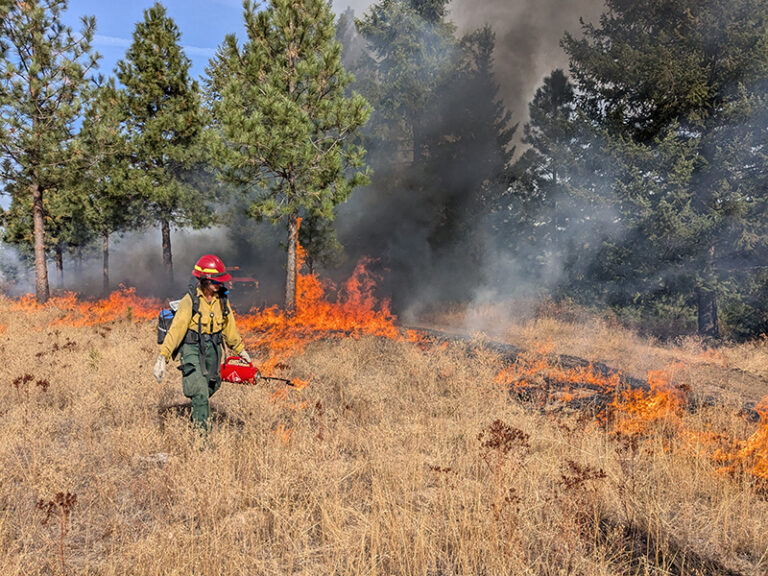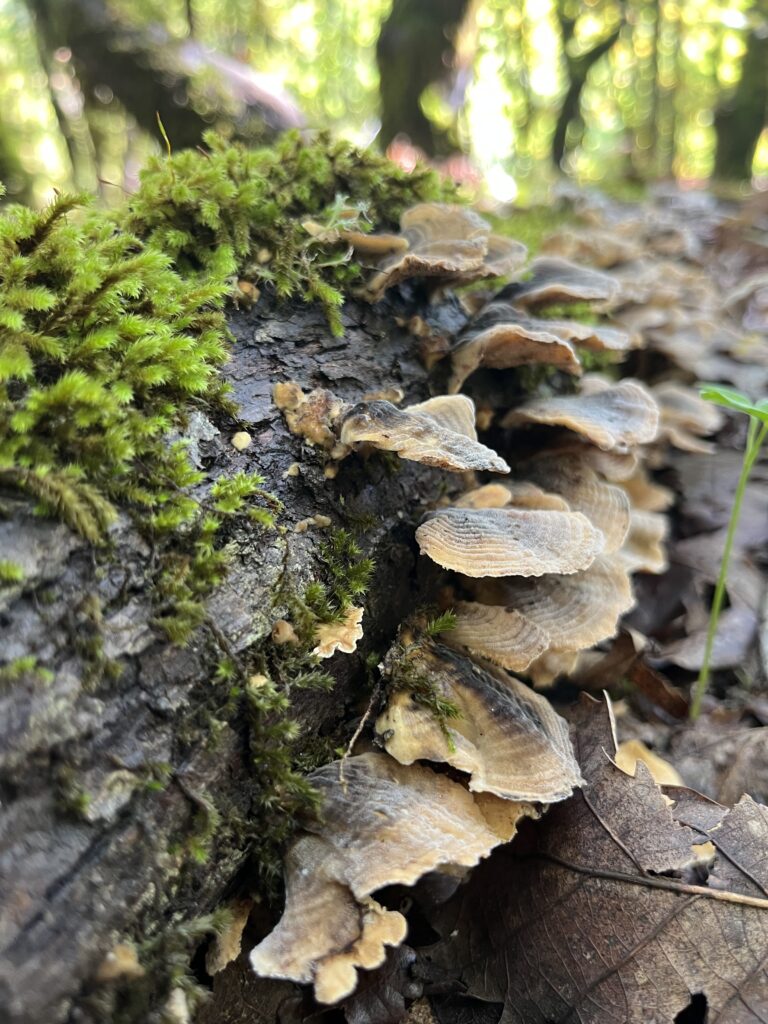Where does one start when wondering about river history? There are books by noted authors, websites, scholars, and professors to be tapped. Native Americans possess centuries of oral history that affirms their deep connection to the river. But in the end, why wonder at all? Recently a friend said, “You know, we are all here because of the river.” He is right, and that is reason enough to wonder.
From the beginning, indigenous people have been connected to their river. For centuries, their connection took the form of salmon fishing. Weirs to trap fish were rebuilt and repaired every year. Chinook salmon with tails the size of tennis rackets and weighing up to 100 pounds returned every spring. The first people celebrated this return with a massive salmon ceremony. No nets or spears touched the river before the Salmon Chieftain blessed a first fish, and a great ceremony was conducted honoring the return of the social and psychic center of the culture. After the blessing, the entire population bent toward catching, drying, and preparing fish. People from the Coeur d’Alene and Nez Perce Tribes came to join in fishing the Spokane River. Archaeologists tell us that the first village in this area was built more than 7,000 years ago just below downtown Spokane, but the native presence goes back much further. And all of this was because of the river, of course.
In 1807 David Thompson, an enterprising Englishman, arrived to build a trading post near the Little Spokane River. Native people travelled up and down the river trapping for the growing fur trade. A multicultural world of French, English, and eastern Native Americans came to trade beaver pelts for axe heads and blankets with the tribes. It was the river that brought them.
In 1882, the Northern Pacific Railroad arrived in Spokane Falls to make it the center of their operations. The idea of a river for power was very attractive. In this same time period, James Glover gave fellow pioneer Frederick Post 40 acres to build a grist mill above the falls. A small dam went up to power a sawmill. In 1884 water systems were built, and in 1885 the first arc dynamo was brought in to generate electricity for 11 street lights. Three years later, a municipal sewer ran to the river. The little city took water to drink, power to build and cast light, and a river to wash away their waste. Sawdust and raw sewage burst on the scene as the first major pollution issues of the area. Today, seven dams on the Spokane River generate power and control river flows, and there are several larger dischargers with pipes in the river.
And is all of this history just water under the bridge? I don’t think so. It is worth wondering about because Spokane is still here because of the river. Whether you enjoy mountain biking trails, fly-fishing, walking your dog on the Centennial Trail, or cycling to work across Riverfront Park (while most of your 300 million American compatriots are stuck in traffic in some loud, stinking, riverless city), the power behind our presence is the Spokane River. Spokane is worth being here because of our big, beautiful river running through the middle of our history — and through the middle of our consciousness.
Jerry White Jr. learned to fly fish at a young age and has been exploring Northwest rivers by boat and on foot ever since. In 2014, he signed on as the Spokane Riverkeeper, turning his lifelong passion for our local river into a full-time job.













